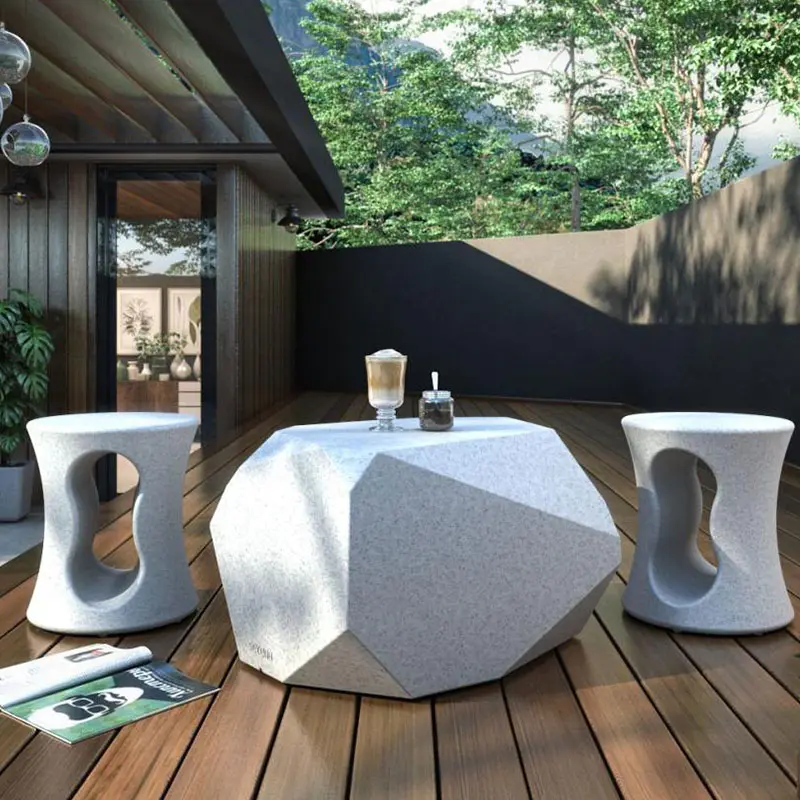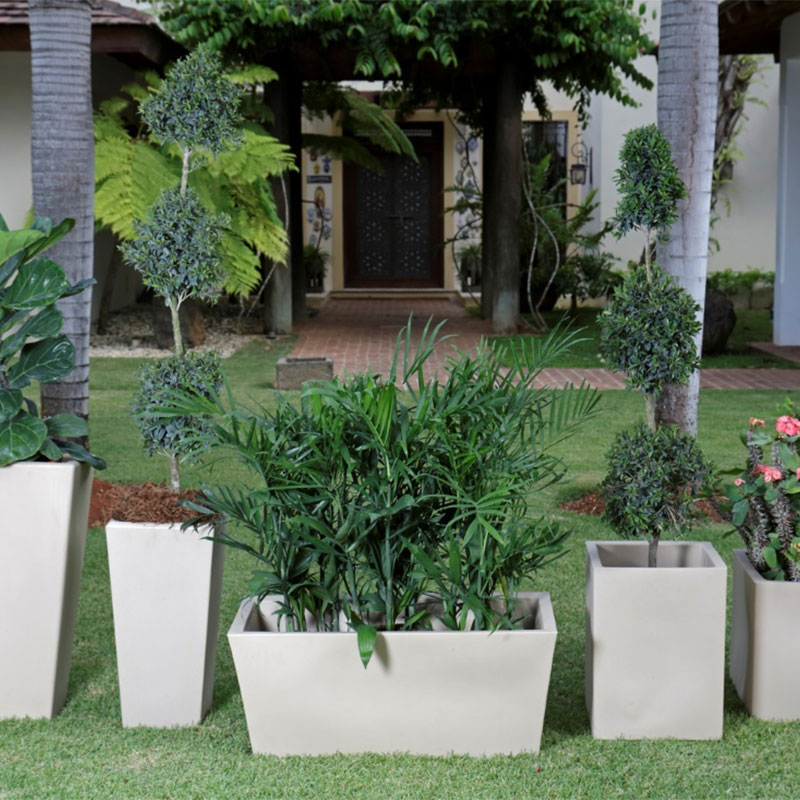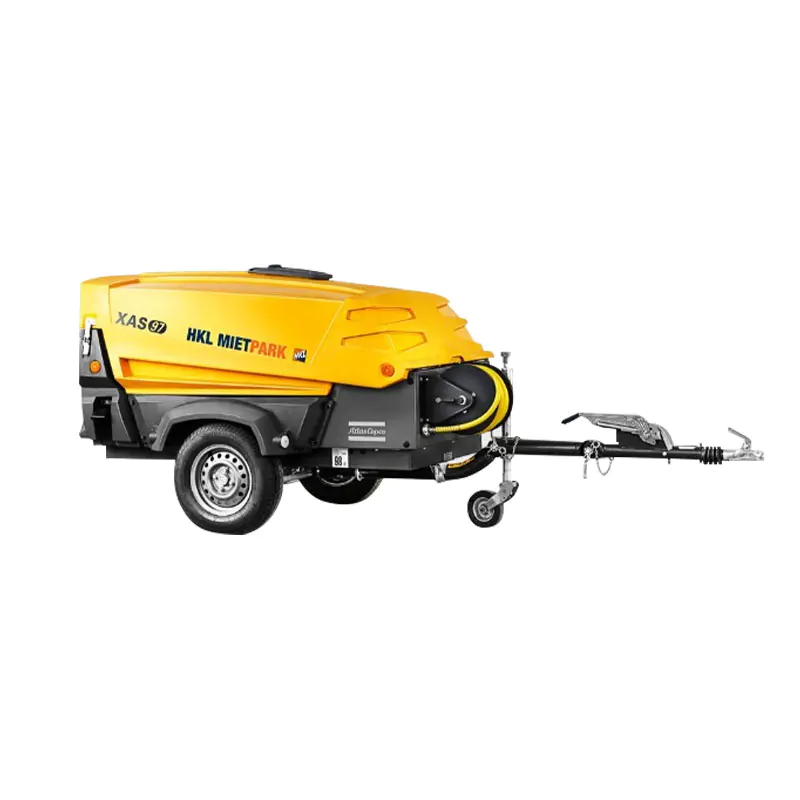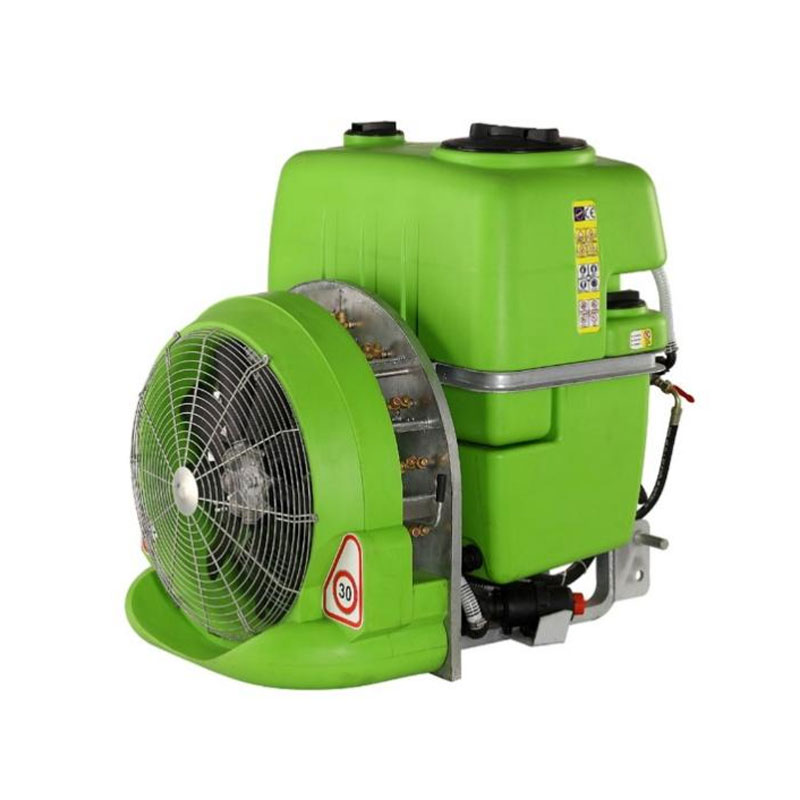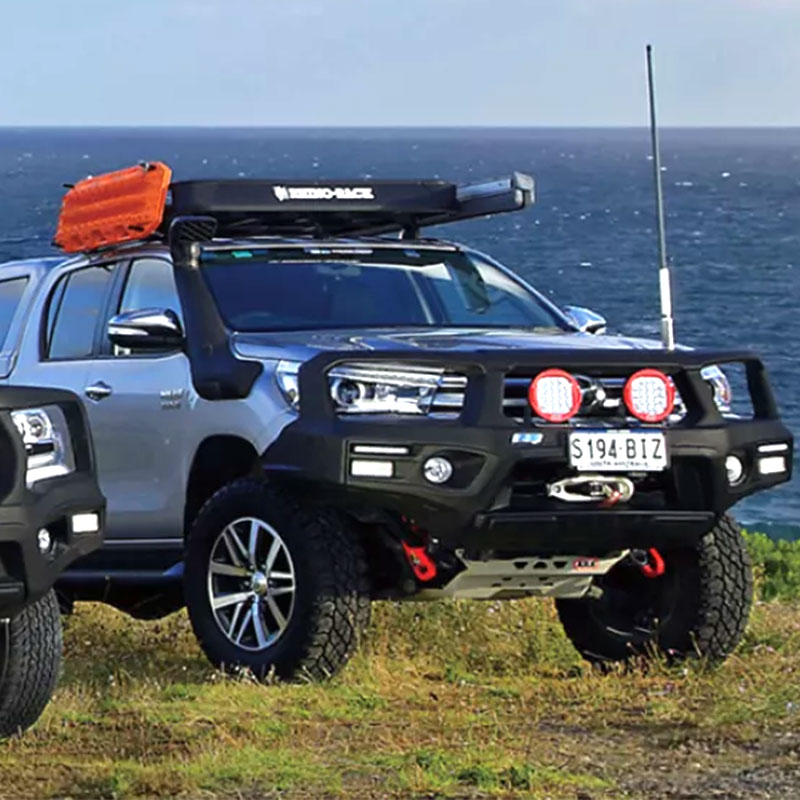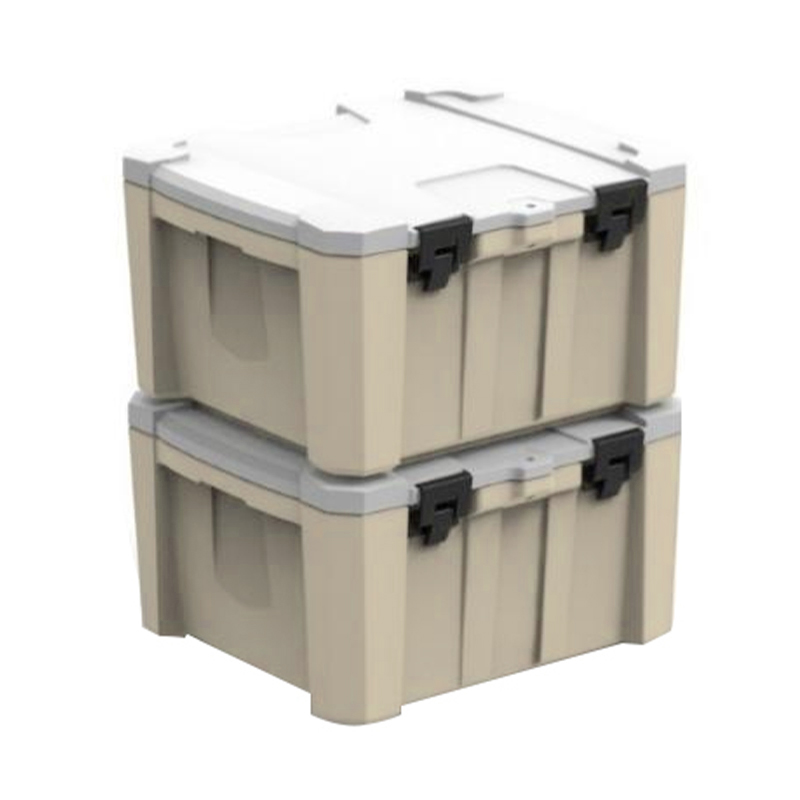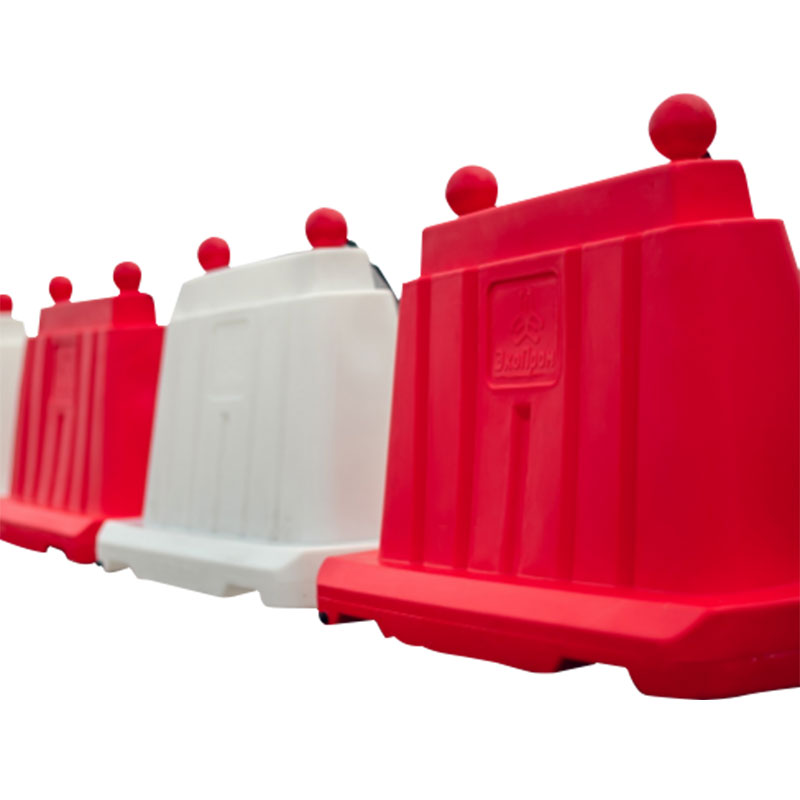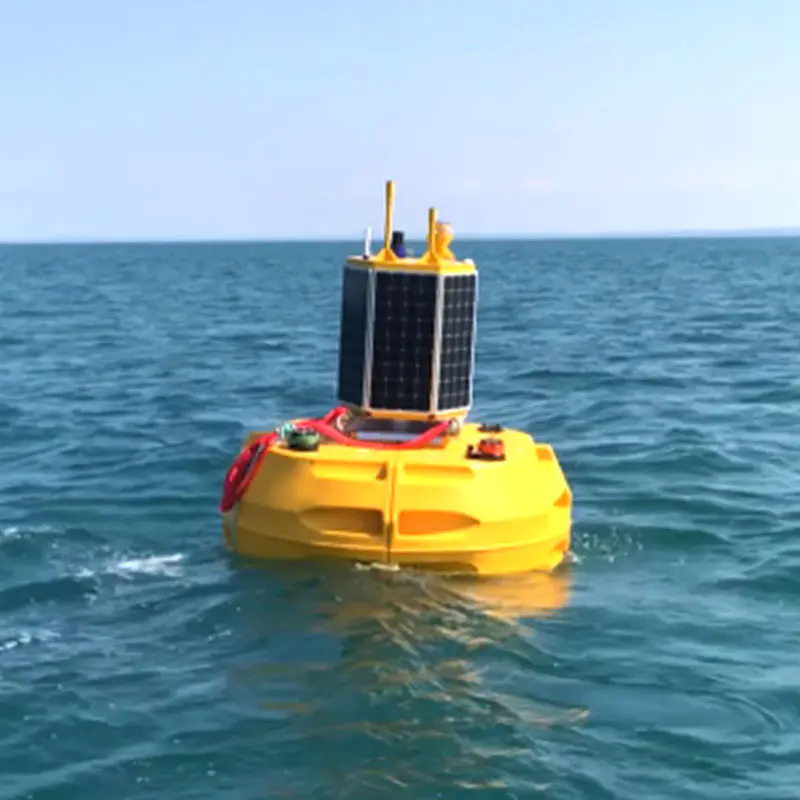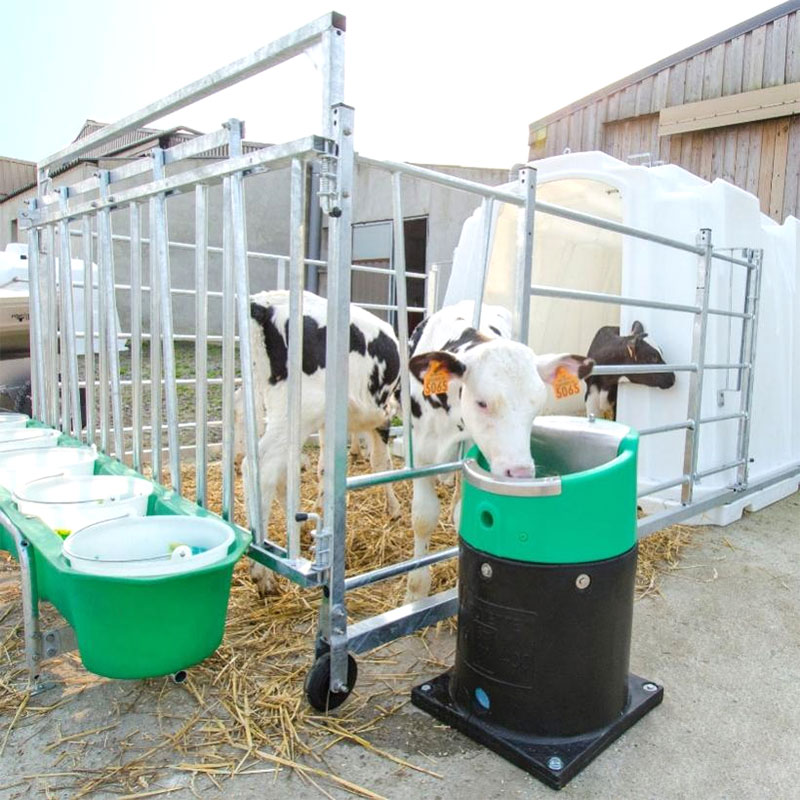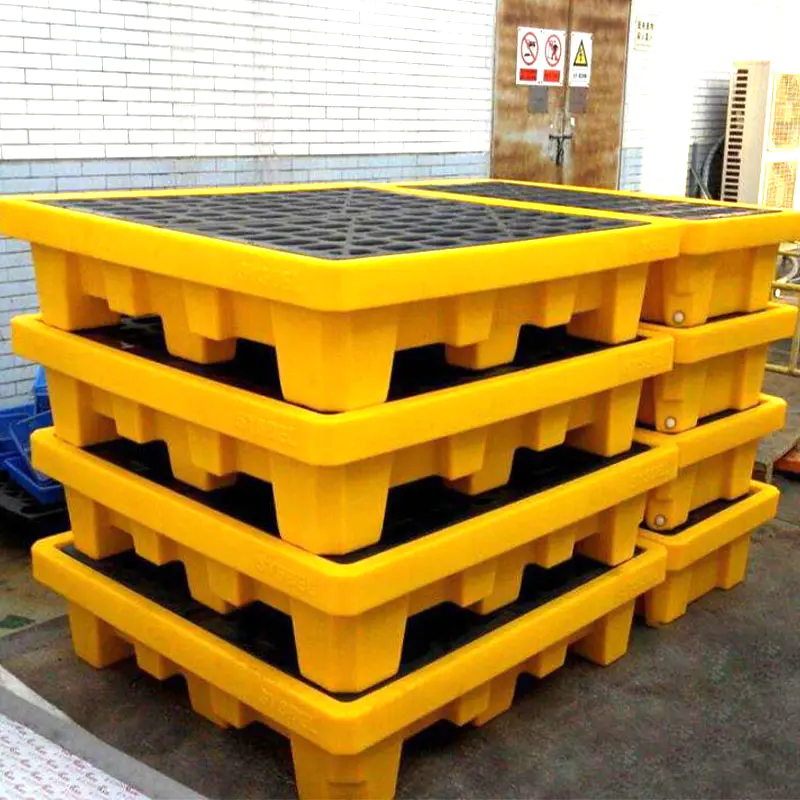The production of modern off-road vehicle bumpers relies heavily on precision molding technology and the use of high-performance polymers. Among various manufacturing methods, the off-road bumper rotational mold process has become increasingly preferred due to its ability to produce seamless, durable, and impact-resistant bumpers with complex geometries. Choosing the right plastic material for this process is crucial to achieving both structural integrity and long-term performance in rugged environments.
Understanding the off-road bumper rotational mold process
Before selecting materials, it is important to understand how an off-road bumper rotational mold functions. Rotational molding, often referred to as rotomolding, is a thermal plastic-forming process that uses heat and biaxial rotation to create hollow, seamless parts. In the case of off-road bumpers, the process allows for complex shapes, variable wall thicknesses, and integrated reinforcement zones, all of which are important for absorbing impact and ensuring safety.
During production, powdered thermoplastic resin is placed inside the off-road bumper rotational mold. The mold is then heated while rotating around two perpendicular axes. As the resin melts, it gradually coats the inner surface of the mold, forming an even layer. After the heating phase, the mold is cooled to solidify the part before demolding.
This process avoids high injection pressures and minimizes material stress, allowing the use of tough, flexible plastics that perform well under impact and thermal cycling—conditions that off-road bumpers routinely experience.
Key requirements for plastics used in an off-road bumper rotational mold
The plastic material used in an off-road bumper rotational mold must meet several mechanical, thermal, and environmental performance standards. Since off-road bumpers are constantly exposed to vibration, UV radiation, temperature variation, and mechanical shocks, the polymer must offer balanced properties.
The main performance requirements include:
- High impact resistance: The bumper must absorb and dissipate energy without cracking.
- Environmental durability: The plastic should resist UV degradation, oxidation, and moisture.
- Thermal stability: The material must tolerate temperature changes during both production and field operation.
- Good flow and sintering behavior: Powdered resin must melt and coat evenly within the mold.
- Dimensional stability: The part must retain its shape after cooling and demolding.
- Surface quality and paintability: The molded surface must meet visual and functional standards.
These requirements narrow the field to several families of thermoplastic resins, particularly polyethylene (PE), polypropylene (PP), and certain engineering-grade polymers adapted for rotational molding.
Common plastics used in off-road bumper rotational mold applications
Several thermoplastic materials have been optimized for rotational molding, but not all are ideal for heavy-duty bumper applications. The following sections discuss the most suitable plastics, their properties, and their advantages in off-road bumper manufacturing.
Polyethylene (PE)
Polyethylene is the most widely used plastic in rotational molding and remains the preferred choice for off-road bumper rotational mold production. Its combination of toughness, chemical resistance, and processing stability makes it ideal for forming thick-walled structures such as bumpers.
The main grades used are:
| Type | Characteristics | Advantages for Off-road Bumpers |
|---|---|---|
| Linear Low-Density Polyethylene (LLDPE) | Flexible, good stress-crack resistance, suitable for medium-impact use | Easy to mold, resistant to deformation, cost-effective |
| High-Density Polyethylene (HDPE) | High stiffness, superior chemical and impact resistance | Excellent strength-to-weight ratio, ideal for rugged environments |
| Cross-linked Polyethylene (XLPE) | Enhanced toughness and temperature resistance | Superior dimensional stability and durability under stress |
Among these, HDPE and XLPE are most frequently chosen for off-road bumper rotational mold applications because they combine high rigidity with superior impact absorption—key features for off-road impact zones.
Advantages of PE in rotational molding:
- Excellent flow behavior during heating.
- High elongation at break for improved energy absorption.
- UV-stabilized grades available for outdoor exposure.
- Cost-effective for large-scale production.
However, PE’s low surface energy can make post-molding painting or coating more challenging, often requiring surface treatments or specialized adhesion promoters.
Polypropylene (PP)
Polypropylene is another thermoplastic suitable for off-road bumper rotational mold manufacturing, especially where higher stiffness or heat resistance is required. It is lighter than polyethylene and maintains good balance between rigidity and flexibility.
PP offers the following characteristics:
- Higher temperature tolerance than PE.
- Excellent chemical resistance and low moisture absorption.
- Smooth surface finish after molding.
However, PP tends to be more brittle at low temperatures. For cold-climate or high-impact off-road vehicles, this limitation can be mitigated by copolymer modification or blending with elastomers.
Manufacturers often choose PP when aesthetic surface finish and thermal resistance are more critical than extreme impact absorption.
Polyamide (Nylon)
Polyamide (PA), commonly known as nylon, is occasionally used in off-road bumper rotational mold applications for specialized vehicles requiring enhanced mechanical performance. Although more expensive and harder to process, PA offers exceptional toughness, abrasion resistance, and heat resistance.
Advantages of PA include:
- High mechanical strength and stiffness.
- Superior thermal endurance for high-temperature regions.
- Excellent wear and fatigue resistance.
The main limitation is water absorption, which can cause dimensional changes. Therefore, nylon bumpers are often used where dimensional stability is managed through design and controlled moisture exposure.
Thermoplastic Elastomers (TPE) and Blends
Thermoplastic elastomers (TPE) combine the elasticity of rubber with the processing efficiency of thermoplastics. In off-road bumper rotational mold production, TPE and TPO (thermoplastic polyolefins) are gaining popularity for bumpers that require both flexibility and aesthetic surface properties.
Key features:
- Excellent impact resilience and recovery.
- Soft-touch finish suitable for exterior components.
- Good UV and chemical resistance when properly stabilized.
These materials can be used alone or co-molded with rigid substrates to create hybrid bumper designs that provide both rigidity and impact flexibility. The increasing adoption of TPOs reflects the growing demand for lightweight and recyclable materials in the automotive sector.
Material comparison for off-road bumper rotational mold
The following table summarizes the performance characteristics of common plastics used in off-road bumper production through rotational molding:
| Property | HDPE | XLPE | PP | PA | TPE/TPO |
|---|---|---|---|---|---|
| Impact Resistance | Excellent | Excellent | Moderate | Very High | Excellent |
| Rigidity | High | High | High | Very High | Medium |
| Temperature Resistance | Moderate | High | High | Very High | High |
| UV Resistance | High (stabilized grades) | High | Moderate | Moderate | High |
| Paintability | Moderate | Moderate | Good | Good | Excellent |
| Cost | Low | Medium | Medium | High | Medium–High |
| Processability | Excellent | Moderate | Good | Difficult | Good |
The choice of material depends on the performance requirements, environmental conditions, and cost constraints of the target off-road application.
Processing considerations for different plastics
Different plastic types behave differently during the off-road bumper rotational mold process. Understanding their thermal and flow behavior ensures consistent product quality.
- Polyethylene powders melt evenly and offer good sintering performance. They are ideal for long heating cycles and large molds.
- Polypropylene requires precise temperature control to prevent brittleness or incomplete fusion.
- Nylon demands higher molding temperatures and moisture control.
- TPE/TPO materials may need optimized cooling rates to avoid warpage.
In all cases, uniform heating and cooling of the mold are essential to avoid defects such as bubbles, voids, or uneven wall thickness. Proper venting and controlled rotation speed are also crucial for achieving consistent results.
Environmental and sustainability aspects
Sustainability has become a key concern in material selection for off-road bumper rotational mold applications. Manufacturers are increasingly evaluating not only performance but also recyclability, life-cycle impact, and post-use recovery.
Polyethylene and polypropylene are advantageous in this regard because:
- They are 100% recyclable thermoplastics.
- Waste material from trimming or defects can be reprocessed.
- Recycled grades can be blended with virgin material for non-structural sections.
Some suppliers now offer bio-based polyethylene made from renewable resources, providing similar performance while reducing carbon footprint. These developments are aligning off-road bumper production with environmental sustainability goals without compromising durability or safety.
Factors influencing material selection
Selecting the right plastic for an off-road bumper rotational mold is a balance of engineering, cost, and environmental considerations. Key influencing factors include:
- Vehicle usage environment: Desert, snow, or tropical conditions dictate UV and temperature resistance needs.
- Impact performance requirements: Heavy-duty vehicles require tougher materials such as XLPE or reinforced blends.
- Design complexity: Highly contoured designs may need materials with superior flow properties.
- Aesthetic requirements: Smooth surfaces or color integration favor TPO or PP-based systems.
- Cost efficiency: PE remains dominant for large-scale production due to its low cost and high reliability.
In practice, many manufacturers develop custom formulations or multi-layer constructions combining rigid outer layers with flexible inner cores to optimize performance.
Future trends in off-road bumper rotational molding materials
The evolution of polymers and processing technology continues to expand the potential of the off-road bumper rotational mold. Future trends indicate greater emphasis on material hybridization, lightweight design, and recycled polymer integration.
Emerging developments include:
- Reinforced polyethylene composites with glass or natural fibers for improved stiffness.
- UV- and heat-stabilized blends extending service life under harsh sunlight.
- Smart materials that can self-heal or change stiffness under load conditions.
- Recycled and bio-based polymers designed specifically for rotational molding.
These innovations will enable manufacturers to produce off-road bumpers that are lighter, more durable, and more sustainable, while maintaining design flexibility.
Conclusion
Selecting the right plastic material is a decisive factor in the success of an off-road bumper rotational mold project. While polyethylene remains the industry’s preferred choice for its balance of toughness, cost, and processing ease, other materials such as polypropylene, nylon, and thermoplastic elastomers offer specialized advantages for particular performance or aesthetic requirements.
Ultimately, the choice depends on impact performance, environmental exposure, production cost, and end-user expectations. With ongoing advances in polymer science and rotational molding technology, future off-road bumpers will continue to evolve—becoming stronger, lighter, and more sustainable.

 English
English 中文简体
中文简体 русский
русский Español
Español
